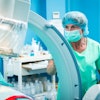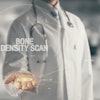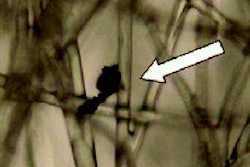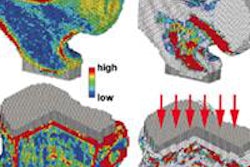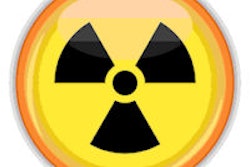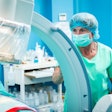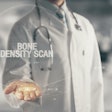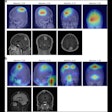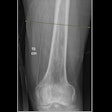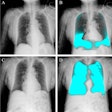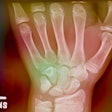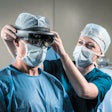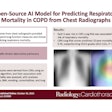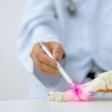Dear AuntMinnie Member,
When mysterious dark spots began appearing on computed radiography (CR) images at a Japanese hospital in March 2011, staff members at the facility at first weren't sure what to think. But they soon realized that the artifacts were being caused by fallout from the nearby nuclear disaster at the Fukushima Daiichi power plant.
It turns out that radioactive isotopes distributed throughout the air as particulate matter had entered CR cassettes and were adhering to the felt inside. The radioactive particles were then leaving artifacts on the imaging plates inside the cassettes, according to a fascinating article you'll find in our Digital X-Ray Community.
A Japanese research team validated its hypothesis by testing CR imaging plates used before and after the disaster. Learn more about the study -- as well as the steps taken to correct for the artifacts -- by clicking here, or go to the community at xray.auntminnie.com.
Is the job market getting better?
Next up is a new study that suggests the job market for radiologists in the U.S. -- which has been so terrible for the past several years -- actually may have improved somewhat.
Researchers from the American College of Radiology sent their annual survey to radiology practices, asking them about the number of radiologists they currently employ, their hiring practices, and other issues. The group concluded that the job market for radiologists will improve in 2015, after bottoming out in 2013.
The study includes a number of other intriguing findings, such as the fact that an increasing percentage of radiologists are employed by hospitals, and the number of general radiologists is declining as a percentage of the workforce. Learn about these trends -- as well as some interesting results on the value of fellowships -- by clicking here, or visit our Imaging Leaders Community at leaders.auntminnie.com.
Reading off iPhones
Finally, visit our Imaging Informatics Community for a new article on how the iPhone can serve in a pinch for interpreting scans of cardiovascular emergencies such as acute aortic syndrome.
Researchers from the Cleveland Clinic found that radiologists reading images off an iPhone 5 had high levels of sensitivity and specificity, compared with interpretations on conventional PACS workstations and with the final patient diagnosis at discharge. Learn more by clicking here, or visit the community at informatics.auntminnie.com.
